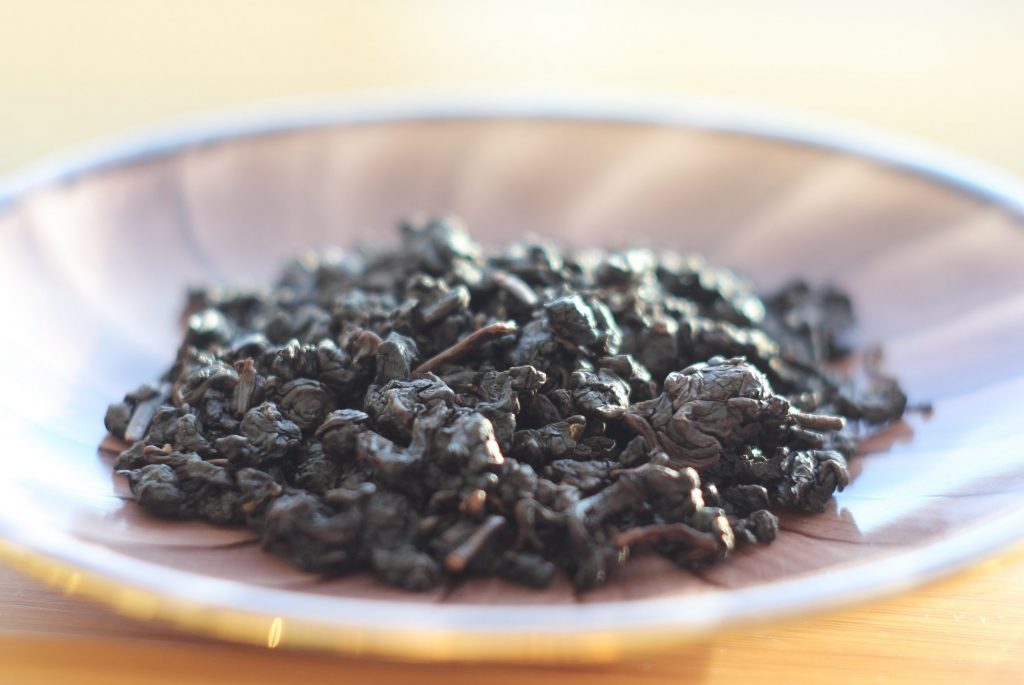Chinese experts have studied bacterial communities in Chinese dark teas. In total, 11 tea samples were studied: Fuzhuan brick-tea samples (from Hunan and Zhejiang), two samples of the Qingzhuan brick tea (from Hubei), three samples of pu-erh (from Yunnan) and two samples of liubao (from Guanxi). In the tea samples, 14 types, 128 families and 238 genera of bacteria were detected. 21 of 128 families are quite numerous and account for more than 1% of the total amount of bacteria.

The samples of Fuzhuan and Qingzhuan brick tea were dominated by lactococcus (from the streptococcaceae family), their share is from 50% to 74%. And almost all bacteria (including lactococcus, naturally) in these teas are of firmicutes type. The samples of liubao were almost absolutely dominated by saccharopolyspora (they belong to actinobacteria type) — 96-97%. That is, in the bacterial sense, liubao is the simplest tea.
The most diverse community of bacteria was found in puerh. In significant quantities, there were found bacteria of such genera as lactococcus, saccharopolyspora, bacillus, brevibacterium, brachybacterium, kocuria and staphylococcus. The bacterial community of pu-erh tea can be roughly divided into two almost equal groups of firmicutes and actinobacteria types.
Thus, the study showed that the bacterial communities of Fuzhuan and Qinzhuan brick teas as well as pu-erh are similar in composition, but differ in the ratio of different genera. Experts explain this by the proximity of regions and similar environment. The impact of raw materials used for the production of tea on its bacterial communities hasn’t been evaluated yet.
The researchers also noted that of the 18 known to date families of beneficial bacteria involved in the production of fermented beverages and foods, 17 are presented in Chinese dark teas. So, it seems that they must be very well fermented indeed.



